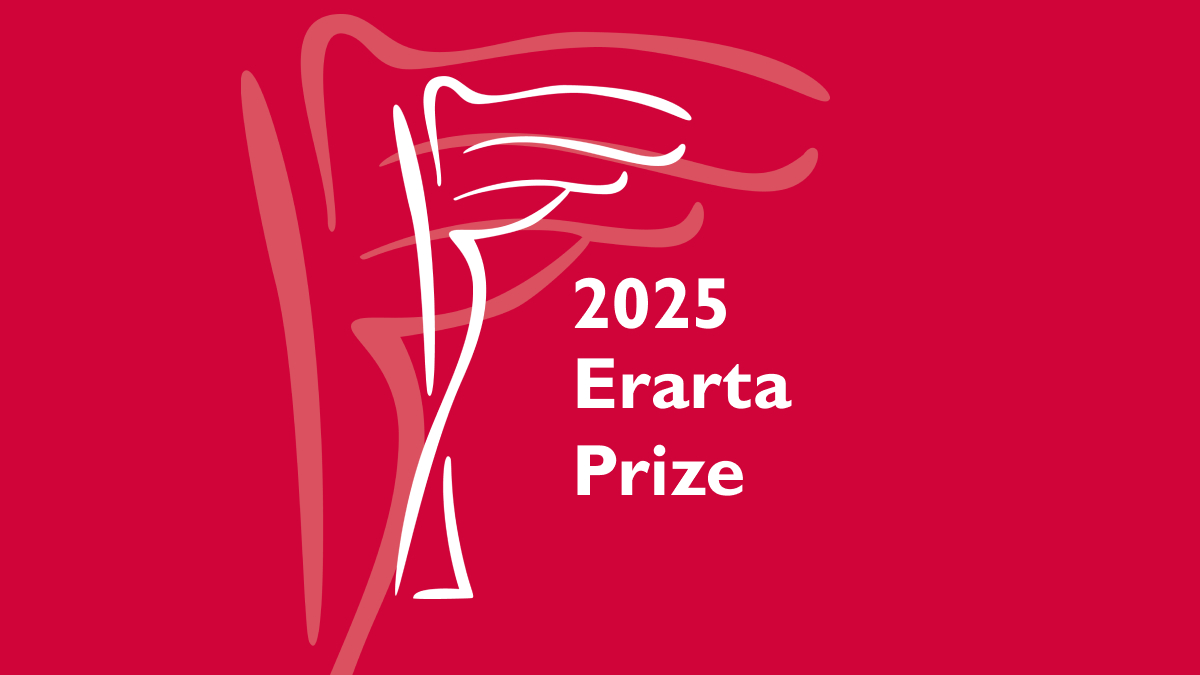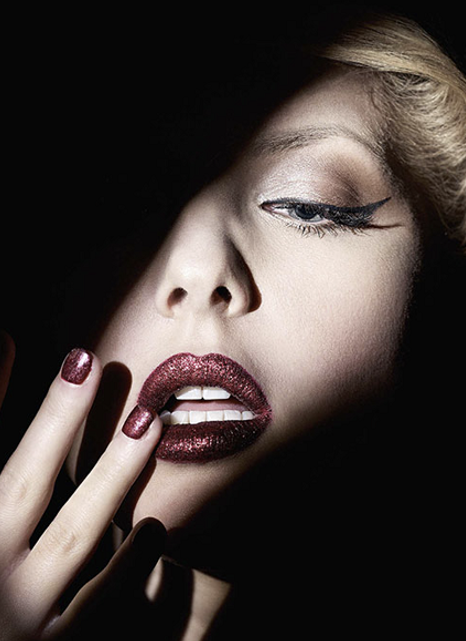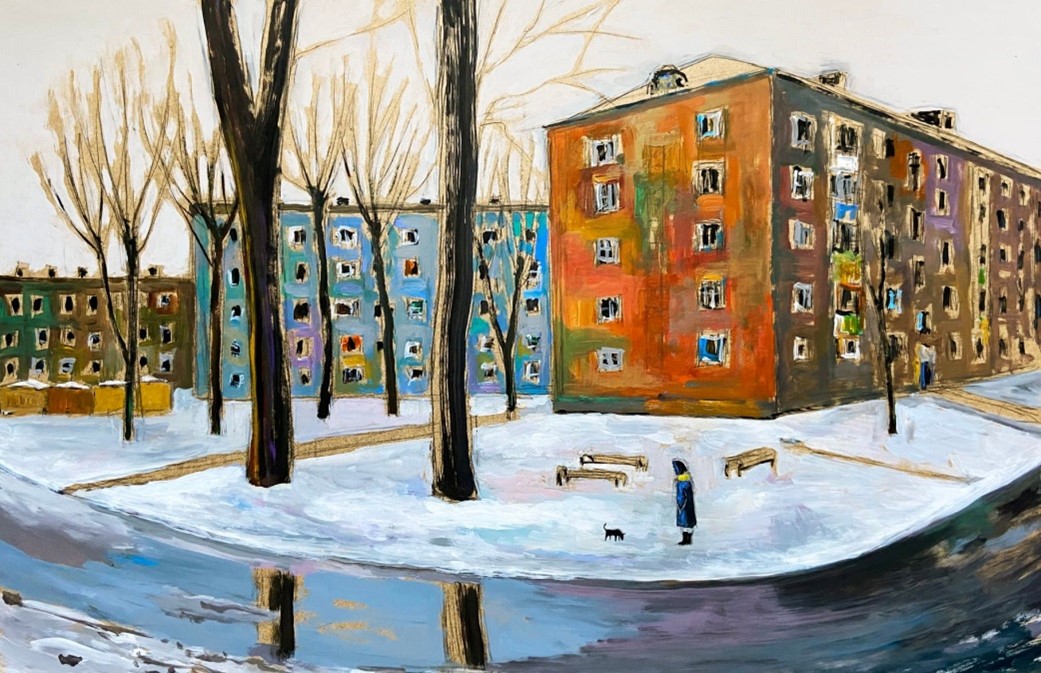Erarta Museum of Contemporary Art presented an exhibition by the St. Petersburg-based photographer MatushkaMedous whose pictures provide glimpses of dark parallel worlds
-
Familiar fairy-tale characters and eerie as toys as guides into childhood memories
-
Photography as a journey into the inner world of the model revealing a multiplicity of characters within each person
-
Costumes, accessories and objects hand-crafted by the artist and later acquired for private and museum collections
The contemporary Russian photographer and artist MatushkaMedous builds parallel and typically quite dark worlds within her body of work. The particular series shown here are exemplary of her tendency towards the macabre and the unearthly, whilst still embodying her quintessential themes of childhood, play and spectacle. MatushkaMedous weaves various recurring characters throughout her oeuvre ensuring that they have a certain eerie, supernatural quality to them without being overall sinister.
Here, she seeks to challenge the prism through which we view our childhood memories and specifically the way in which we interpret the dark memories that we have suppressed over time. Toys, in particular childhood trinkets, trigger certain recollections for us, especially if the toy in question was a particular favourite of ours and was our companion through some sleepless nights.
The ability of glass and mirrors to obscure reality indirectly references time as also being the ultimate filter when we try to recall memories from our childhood. Some images as with glass are more vivid, theatrical and distinct. Others more obscure, esoteric, and even daunting, perhaps purposefully placed in the darkest recesses of our mind.
This artistic prism has the inclination towards the ‘Dark Art’ discipline, but MatushkaMedous simultaneously manages to maintain a sense of childhood wonderment, delight and jest. In Girl and Pinocchio we see a young girl marvel at the famous wooden toy. To a certain extent MatushkaMedous is like the dark Geppetto who carved the wooden puppet, but instead of creating characters who dream of becoming ‘real,’ her characters question their reality and as an extension, pose the same question regarding our own.
According to the Austrian philosopher Ludwig Wittgenstein, a word or even a sentence has meaning only as a result of the ‘rule’ of the ‘game’ being played. These are Sprachspiel, or language-games, which are fundamentally rooted in reality, as opposed to being separate from it, and which give context, thus facilitating their understanding when we communicate. MatushkaMedous, however, takes this to the next level and encompasses E. H. Gombrich’s philosophy of art, meaning she builds her representation of reality through the use of schemata, or formulas, functioning in much the same way that vocabulary functions in the verbal representation of reality. Nevertheless, instead of Gombrich’s famous ‘Hobby Horse,’ we have a unicorn, an image of an imaginary animal which through existing in the child’s reality also as an extension exists in ours, because we also participate in the relevant ‘language-game,’ thus entering the dark prism world of MatushkaMedous.










